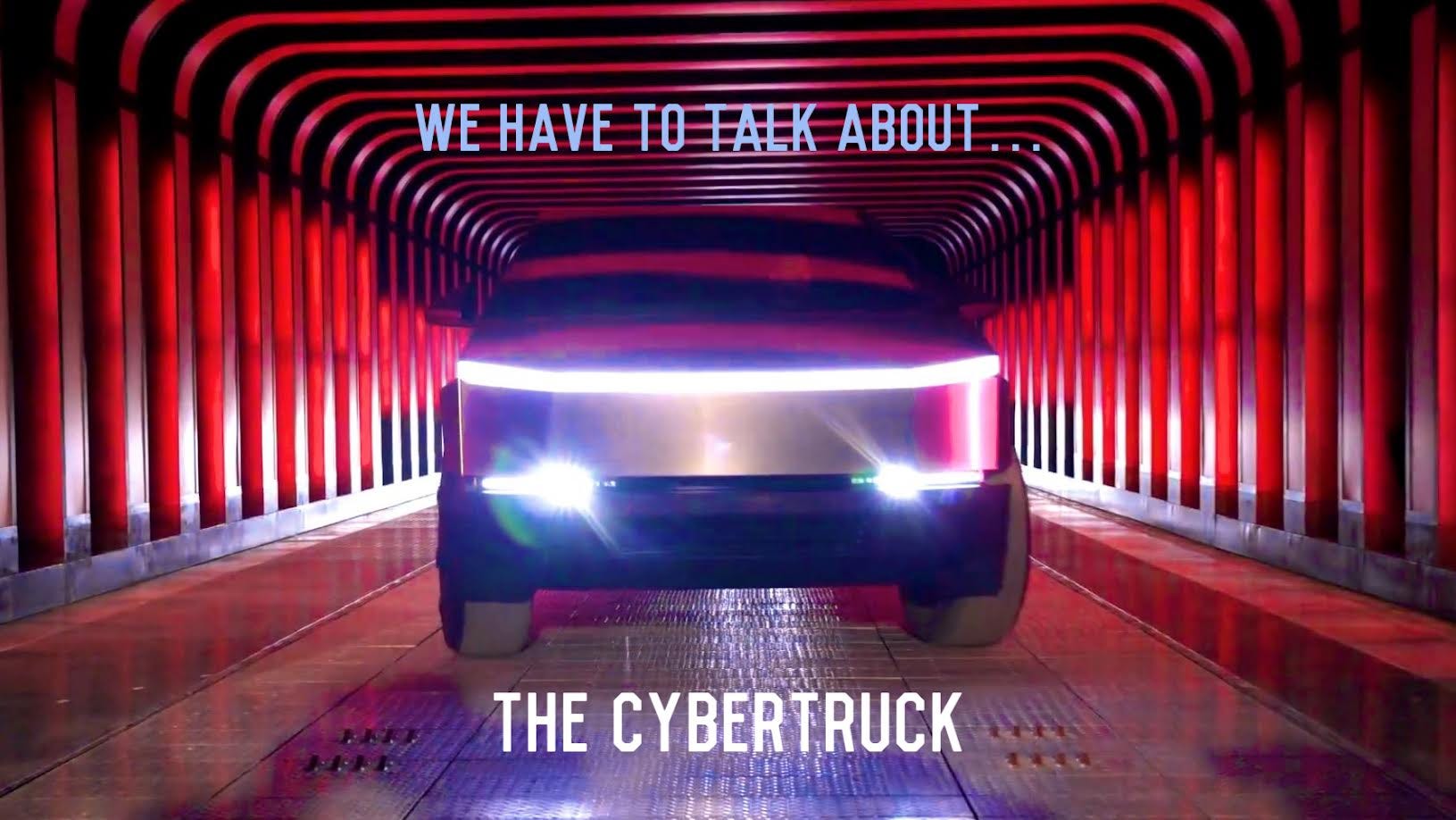Introduction: The automobile industry is on the verge of a revolution, fueled by ground-breaking innovations that are reshaping customer expectations. Tesla’s Cybertruck is at the forefront of this transition, promising to usher in a new era of technological warfare among automakers. This article examines the Cybertruck’s impact on the industry, evolving consumer expectations, and the problems that lay ahead.
The Cybertruck: A Bold Technological Leap
When Tesla unveiled the Cybertruck in November 2019, it was met with a mix of awe and skepticism. Its futuristic design, reminiscent of a vehicle from a sci-fi movie, set it apart from anything else on the market. The angular, stainless-steel exoskeleton, unbreakable glass (which famously broke during the demonstration), and impressive performance specs heralded a new approach to automotive design and engineering.
Key Features
Design and Durability: The Cybertruck’s exoskeleton is made from ultra-hard 30X cold-rolled stainless steel, offering unparalleled durability and resistance to dents, damage, and corrosion.
Performance: With multiple powertrain configurations, the Cybertruck boasts an impressive 0-60 mph time of under 2.9 seconds in its tri-motor all-wheel drive variant, along with a range of up to 500 miles on a single charge.
Utility and Functionality: It features a spacious cargo area with a 100 cubic feet storage capacity and a payload capacity of 3,500 pounds, making it suitable for both everyday use and heavy-duty tasks.
Shifting Consumer Expectations
The introduction of the Cybertruck has significantly altered consumer expectations in several ways:
1. Design Innovation
Consumers are now more open to radical design changes. The Cybertruck’s departure from traditional truck aesthetics challenges the norm and sets a new standard for what a modern vehicle can look like.
2. Performance and Sustainability
The blend of high performance and sustainable technology has raised the bar. Consumers now expect electric vehicles (EVs) to not only match but surpass the capabilities of their gasoline counterparts in terms of speed, power, and efficiency.
3. Technology Integration
Advanced features such as autopilot capabilities, over-the-air software updates, and robust safety features are becoming non-negotiable for consumers. The Cybertruck’s integration of cutting-edge technology demonstrates the future direction of automotive innovation.
Challenges Ahead
While the Cybertruck heralds a new era, several challenges must be addressed for it to achieve widespread acceptance and success.
1. Production and Scalability
Manufacturing a vehicle with such unique specifications presents significant challenges. Tesla must scale production efficiently while maintaining quality, a task that has proven difficult with previous models.
2. Regulatory Hurdles
Innovative designs often face regulatory scrutiny. Ensuring that the Cybertruck complies with various safety and environmental standards across different markets is a complex and ongoing process.
3. Market Acceptance
Despite the buzz, convincing traditional truck buyers to switch to an electric, unconventional-looking vehicle is no small feat. Overcoming entrenched brand loyalties and skepticism about EV capabilities will be crucial.
4. Competition
The Cybertruck has sparked a technology arms race among automakers. Companies like Ford, Rivian, and General Motors are developing their own electric trucks, each vying for market dominance. Tesla must continue to innovate to stay ahead in this fiercely competitive landscape.
Conclusion
The Tesla Cybertruck represents more than just a new vehicle; it symbolizes the dawn of a new era in the automotive industry. By pushing the boundaries of design, performance, and technology, it has reshaped consumer expectations and set new benchmarks. However, the road ahead is fraught with challenges that will test Tesla’s ability to deliver on its promises. As the technology warfare among automakers intensifies, the ultimate winners will be the consumers who benefit from the relentless drive toward innovation and excellence.
1. What makes the Tesla Cybertruck different from traditional trucks?
The Cybertruck stands out with its futuristic design, made from ultra-hard 30X cold-rolled stainless steel, and its impressive electric performance, including a range of up to 500 miles and a 0-60 mph time under 2.9 seconds.
2. How has the Cybertruck changed consumer expectations for vehicles?
It has raised expectations for radical design innovation, high performance combined with sustainability, and advanced technology integration, such as autopilot and over-the-air updates.
3. What challenges does Tesla face in producing the Cybertruck?
Key challenges include scaling production efficiently, meeting regulatory standards across various markets, and convincing traditional truck buyers to embrace an electric, unconventional vehicle.
4. How is the competition reacting to the Cybertruck?
Automakers like Ford, Rivian, and General Motors are developing their own electric trucks, leading to a technology arms race in the automotive industry to capture market share and push innovation.
5. What are some key features of the Cybertruck?
Notable features include its durable exoskeleton, high payload and towing capacities, multiple powertrain options, and advanced technology features such as autopilot and a spacious cargo area.


